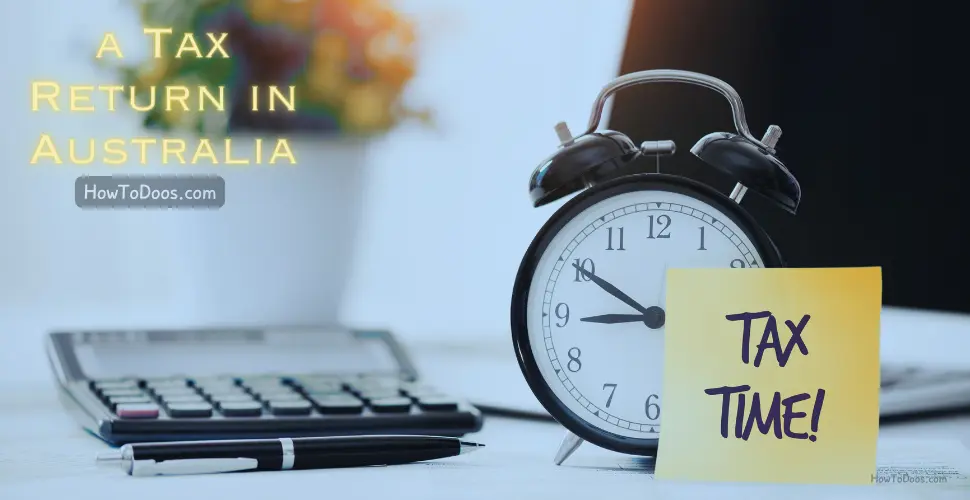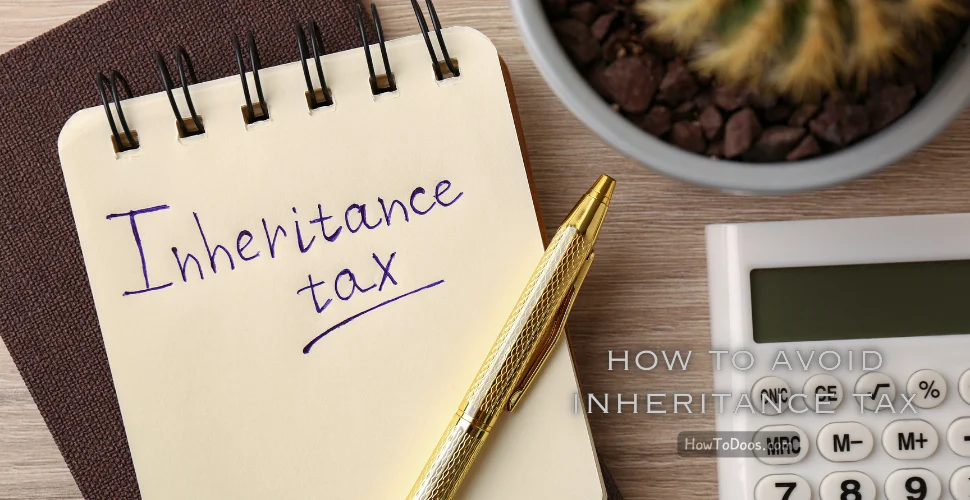How to Lodge a Tax Return in Australia – File Your Taxes with Confidence, Step-by-Step Guide!
-
 Emily Carter
Emily Carter - 03 Jul, 2024

Filing a tax return is a crucial responsibility for every taxpayer in Australia. Understanding the process, requirements, and deadlines is essential to ensure compliance and avoid penalties. This guide will walk you through the steps to lodge your tax return in Australia effectively.
Understanding the Basics
In Australia, the financial year runs from July 1 to June 30. Every taxpayer who earns income during this period is required to lodge a tax return. This includes individuals, businesses, and self-employed professionals. The Australian Taxation Office (ATO) oversees the tax return process and provides various resources to assist taxpayers.
Eligibility to Lodge a Tax Return
Not everyone is required to lodge a tax return. Here are some scenarios where lodging a tax return is mandatory:
- You earned more than the tax-free threshold of $18,200.
- You had tax withheld from your income.
- You are a resident for tax purposes and earned income from investments or overseas.
- You ran a business or are self-employed.
Steps to Lodge Your Tax Return
Gather Your Documents
Before lodging your tax return, ensure you have all necessary documents:
- Payment summaries from employers.
- Bank statements showing interest earned.
- Receipts for work-related expenses.
- Records of any government payments received.
Choose Your Lodgment Method
You can lodge your tax return through various methods:
- Online via myTax: The ATO’s online service is fast and convenient.
- Paper Return: Available for those who prefer a manual process.
- Registered Tax Agent: Professional assistance for complex tax situations.
Complete Your Tax Return
When lodging online via myTax:
- Log in to your myGov account linked to the ATO.
- Pre-fill your tax return with available data.
- Review and enter additional information as required.
- Claim deductions for eligible work-related expenses.
Submit Your Tax Return
After completing your tax return:
- Review all details carefully to ensure accuracy.
- Submit your tax return electronically or via mail if using a paper form.
- Keep a copy of your lodged tax return for your records.
Important Dates and Deadlines
Key Dates
- July 1: Start of the new financial year.
- July 1 - October 31: Period to lodge your tax return for the previous financial year.
Penalties for Late Lodgment
Failing to lodge your tax return on time can result in penalties. The ATO may impose fines based on the delay and any outstanding tax liabilities. It’s crucial to meet the October 31 deadline to avoid these penalties.
Tips for a Successful Tax Return
Keep Accurate Records
Maintaining accurate and organized records throughout the financial year simplifies the tax return process. Ensure you have all receipts, payment summaries, and relevant documents.
Claim All Eligible Deductions
You can reduce your taxable income by claiming deductions for work-related expenses, charitable donations, and investment-related costs. Ensure you have documentation to support these claims.
Seek Professional Advice if Needed
If you have a complex tax situation, consulting a registered tax agent can ensure your tax return is accurate and maximizes your entitlements.
Summary
Lodging a tax return in Australia is a straightforward process if you are well-prepared and understand the requirements. By gathering the necessary documents, choosing the right lodgment method, and meeting deadlines, you can ensure a smooth and successful tax return experience. Remember to keep accurate records, claim all eligible deductions, and seek professional advice if needed. By following these steps and tips, you can confidently navigate the tax return process and fulfill your obligations as an Australian taxpayer


